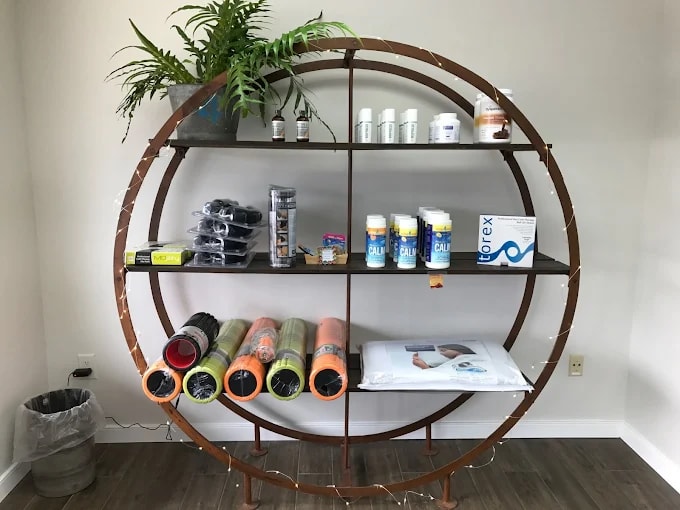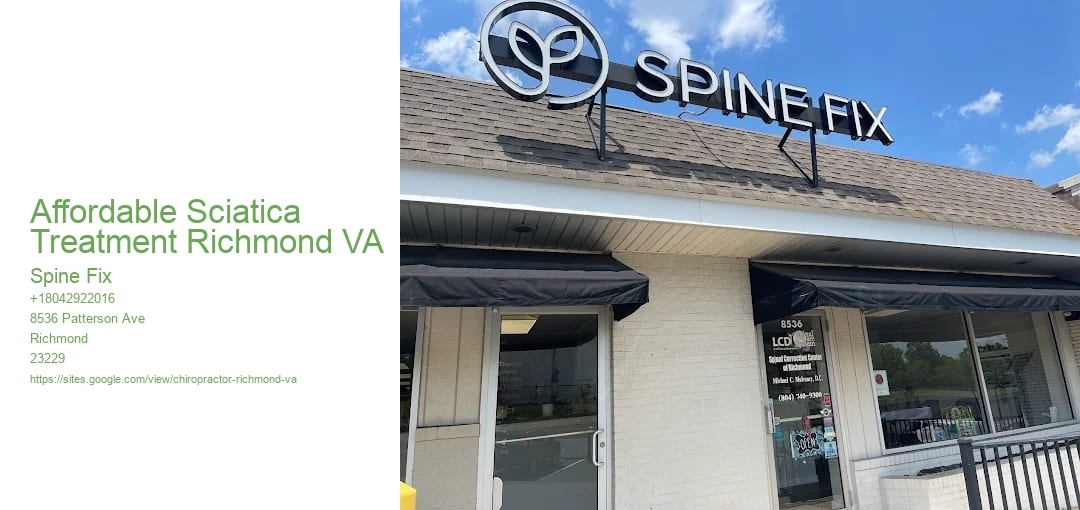Reduced pain in the back or lumbago is an usual problem entailing the muscular tissues, nerves, and bones of the back, in between the lower edge of the ribs and the reduced layer of the butts. Discomfort can vary from a plain continuous pains to an unexpected sharp sensation. Low back pain might be identified by duration as severe (pain lasting much less than 6 weeks), sub-chronic (6 to 12 weeks), or chronic (more than 12 weeks). The condition may be more classified by the underlying reason as either mechanical, non-mechanical, or referred discomfort. The signs and symptoms of reduced neck and back pain usually enhance within a few weeks from the time they begin, with 40–-- 90% of individuals recouped by 6 weeks. In most episodes of reduced pain in the back a particular underlying cause is not identified or perhaps tried to find, with the pain believed to be because of mechanical problems such as muscle or joint stress. If the discomfort does not disappear with conservative treatment or if it is come with by "warnings" such as unusual fat burning, fever, or considerable issues with sensation or movement, more testing might be required to look for a significant underlying issue. For the most part, imaging tools such as X-ray computed tomography are not beneficial or suggested for low pain in the back that lasts less than 6 weeks (without any warnings) and bring their own threats. Regardless of this, the use of imaging in low neck and back pain has boosted. Some reduced neck and back pain is triggered by harmed intervertebral discs, and the straight leg increase test is useful to determine this reason. In those with chronic discomfort, the pain handling system may malfunction, creating big quantities of discomfort in action to non-serious events. Chronic non-specific reduced neck and back pain (CNSLBP) is a highly common bone and joint condition that not only impacts the body, but additionally an individual's social and financial standing. It would certainly be significantly advantageous for people with CNSLBP to be screened for genetic problems, harmful way of lives and behaviors, and psychosocial elements in addition to bone and joint issues. Persistent lower neck and back pain is defined as neck and back pain that lasts greater than 3 months. The signs and symptoms of reduced back pain normally enhance within a few weeks from the time they start, with 40–-- 90% of individuals recovered by six weeks. Typical activity ought to be proceeded as high as the discomfort allows. Initial monitoring with non-medication based treatments is suggested. Non–-- medication based therapies include superficial heat, massage therapy, acupuncture, or spinal control. If these are not adequately effective, NSAIDs are advised. A number of various other alternatives are available for those that do not enhance with normal therapy. Opioids may work if straightforward discomfort drugs are insufficient, however they are not generally suggested because of side effects, consisting of high rates of addiction, unintended overdose and fatality. Surgical treatment might be beneficial for those with disc-related chronic discomfort and special needs or spine stenosis. No clear advantage of surgical treatment has been discovered for various other instances of non-specific reduced pain in the back. Low back pain commonly impacts state of mind, which may be improved by therapy or antidepressants. Additionally, there are numerous natural medicine treatments, however there is not nearly enough proof to suggest them with confidence. The evidence for chiropractic treatment and spinal adjustment is blended. Approximately 9–-- 12% of people (632 million) have reduced pain in the back at any type of provided point in time, and nearly 25% record having it at some point over any type of one-month period.About 40% of individuals have reduced back pain at some point in their lives, with price quotes as high as 80% among individuals in the developed globe. Low back pain is the greatest contributor to lost performance, absenteeism, impairment and early retirement worldwide. Problem with low neck and back pain frequently starts in between 20 and 40 years of age. Ladies and older people have higher estimated rates of lower pain in the back and also higher impairment quotes. Reduced back pain is extra common among people aged in between 40 and 80 years, with the general number of people influenced expected to increase as the population ages. According to the Globe Wellness Organization in 2023, lower pain in the back is the top medical problem globally from which the most variety of people worldwide can take advantage of enhanced recovery.
.



